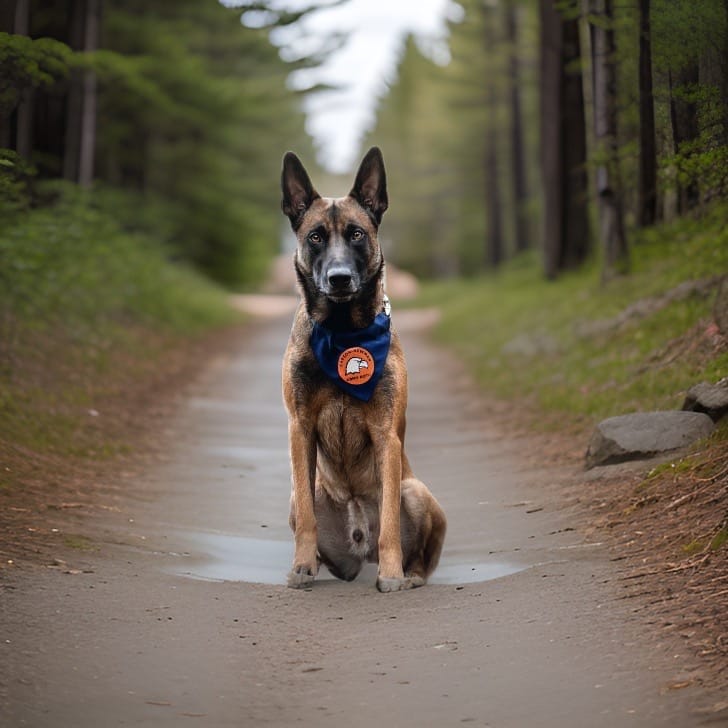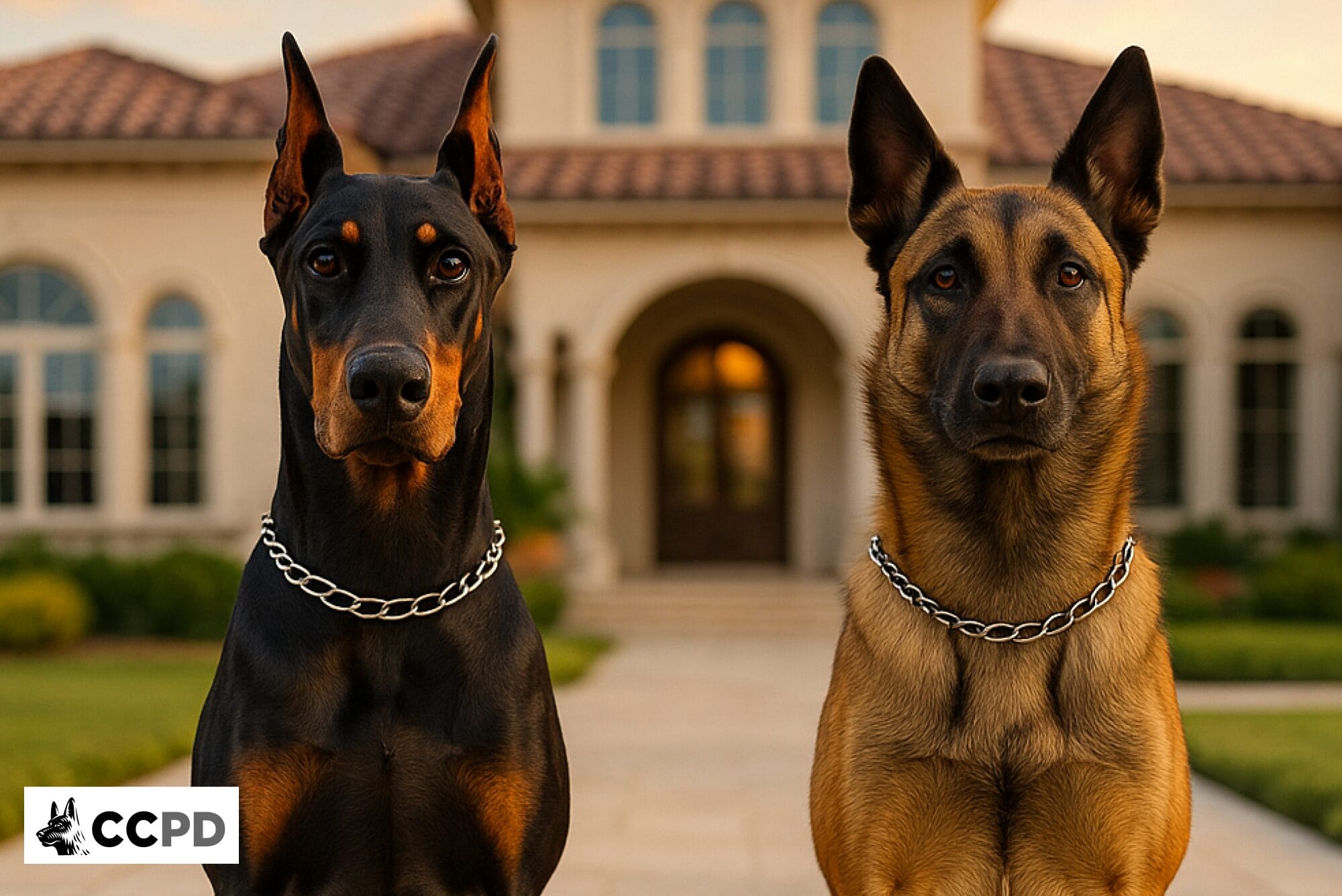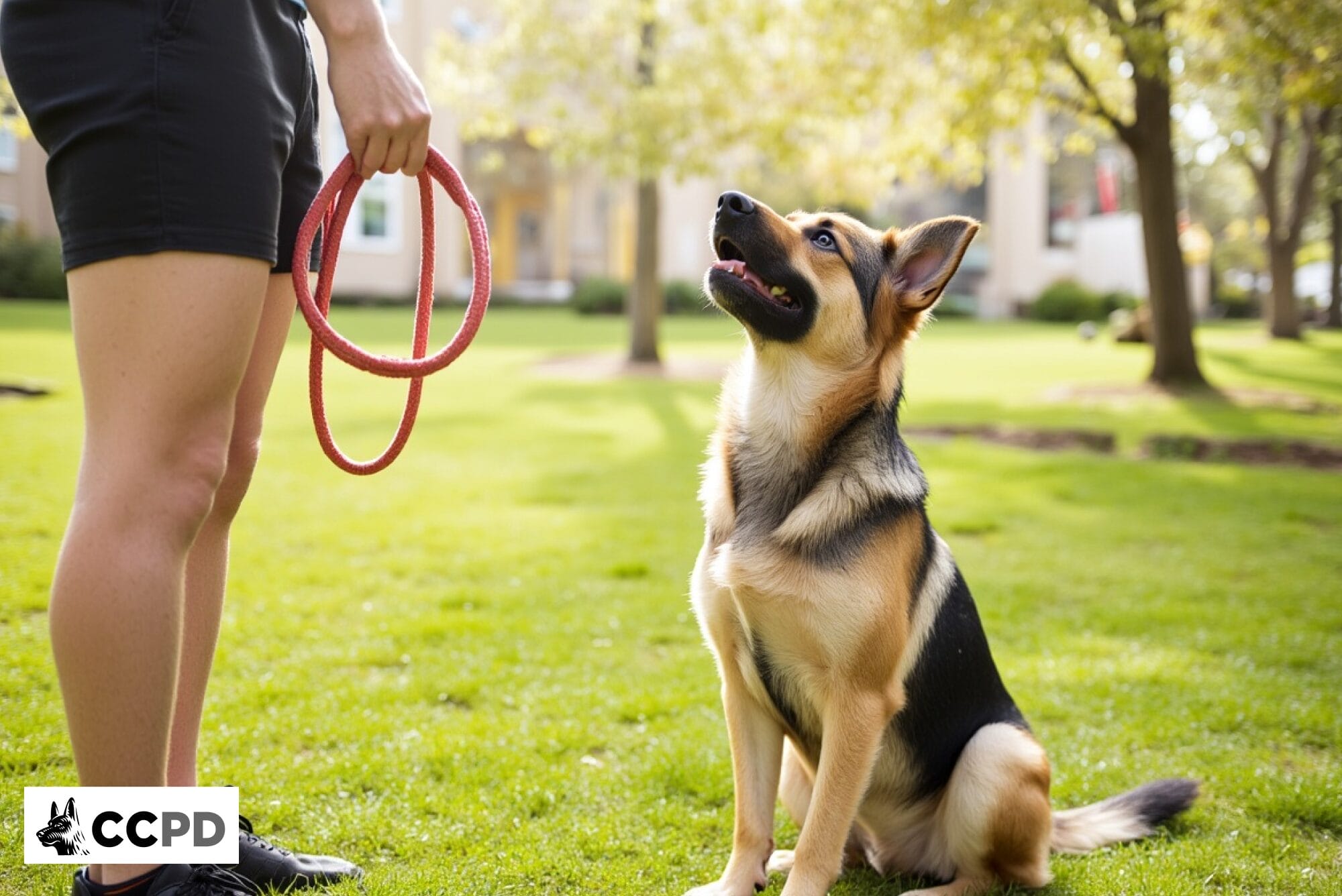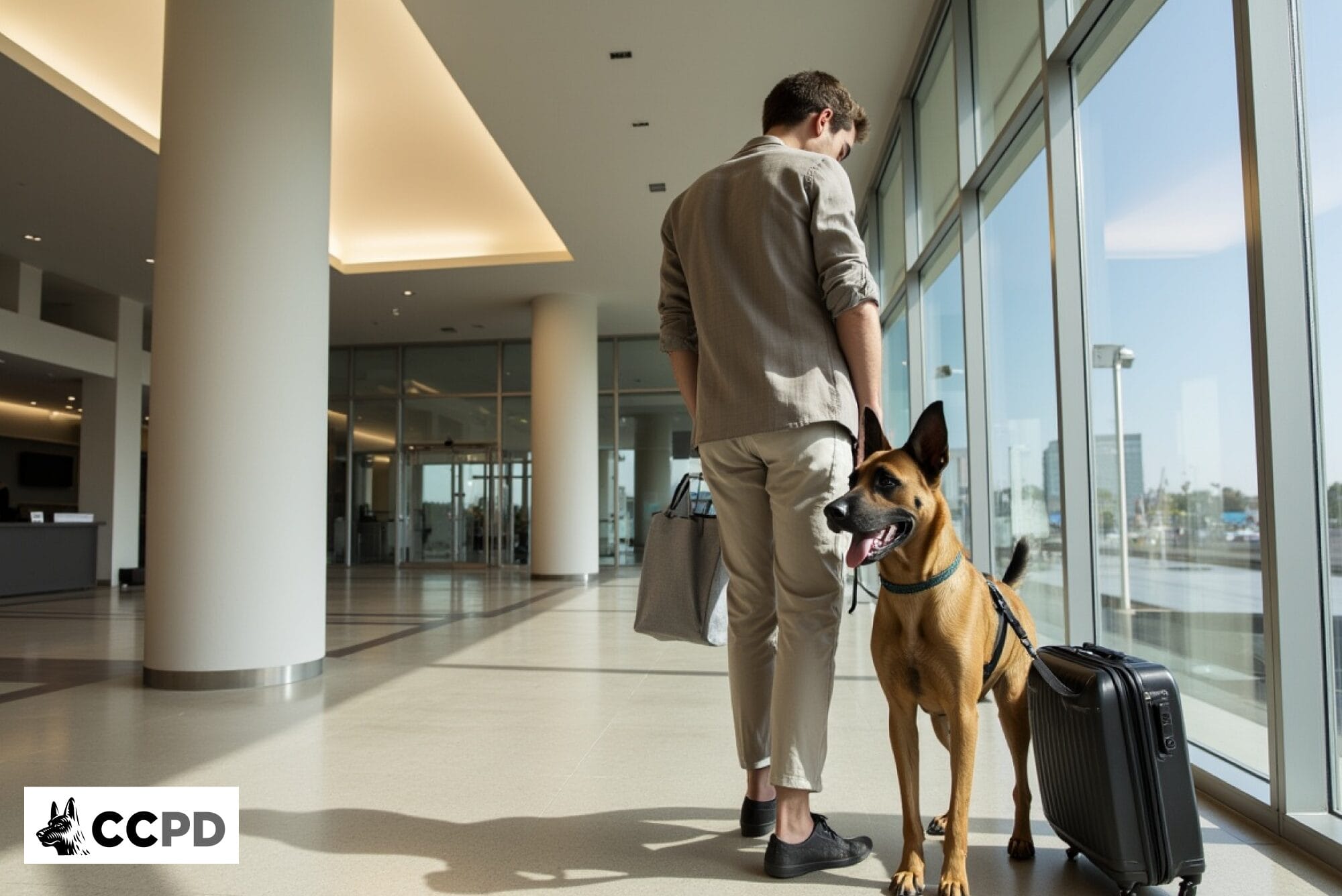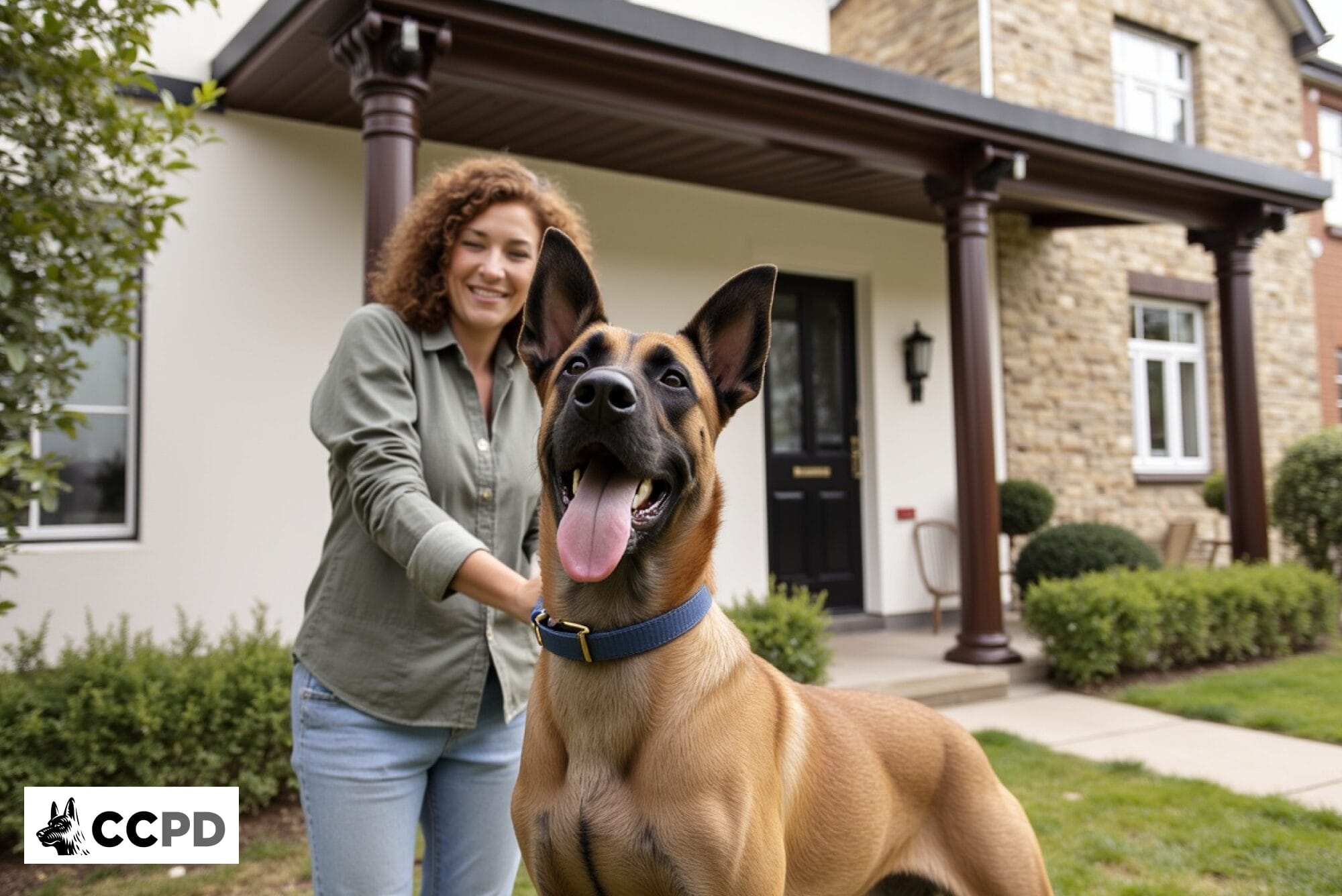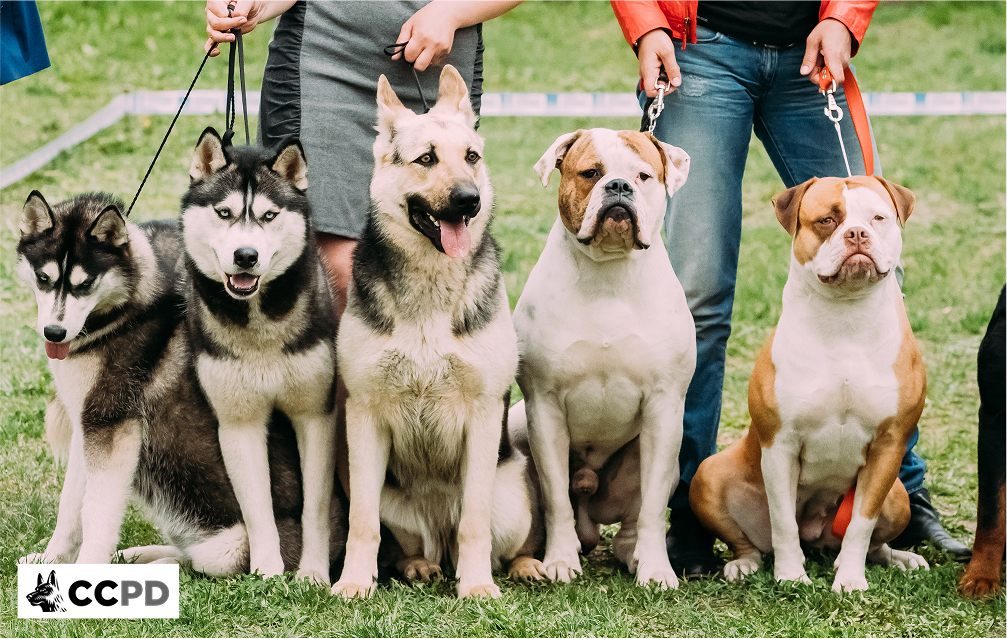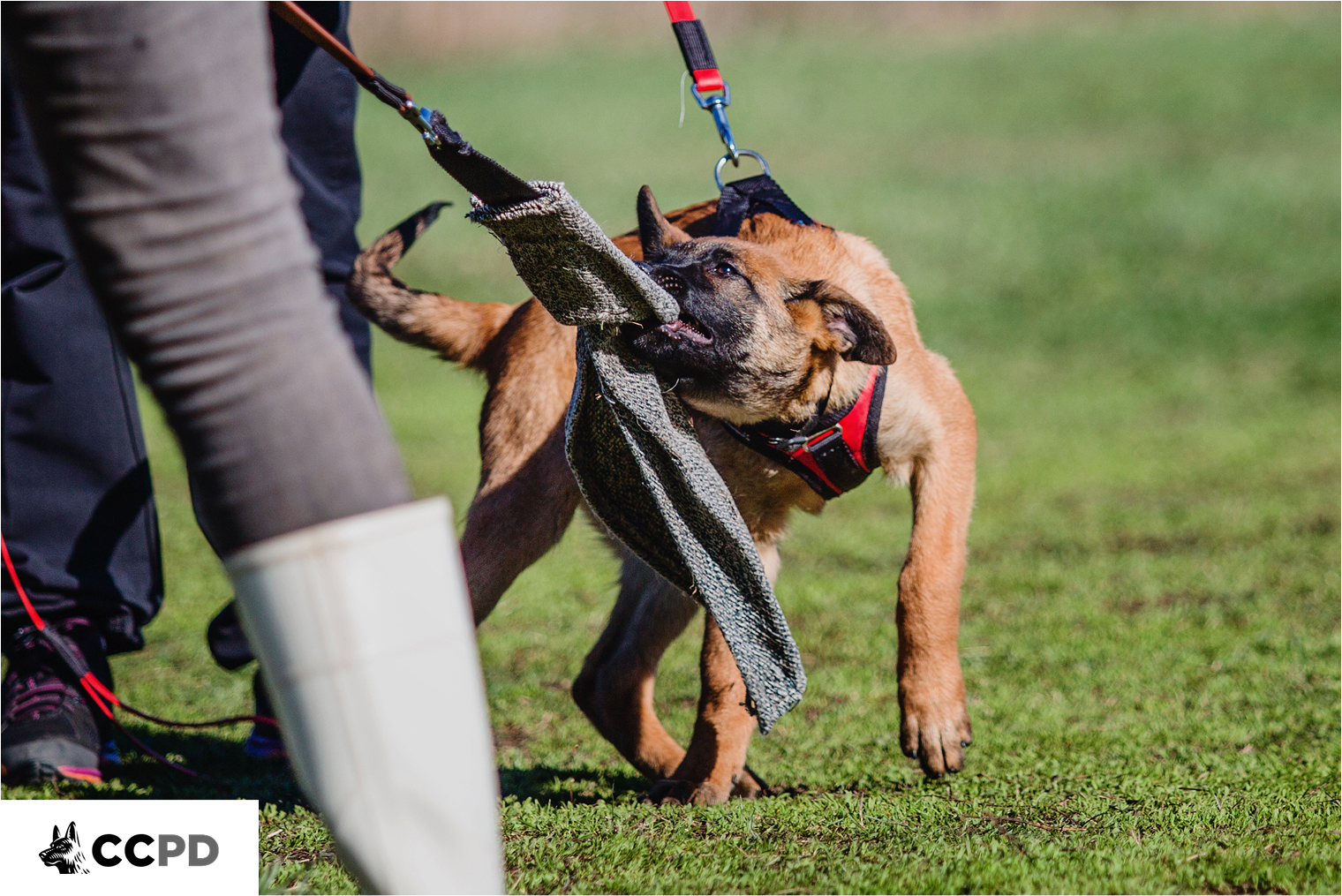Crate training a dog is one of the most valuable skills you can teach your pet. Whether you have a young puppy or an older rescue, a crate becomes a safe, calm space that gives your dog comfort, structure, and confidence. When done properly, crate training is not about confinement — it’s about building security and healthy habits that make life easier for both you and your dog.
In this guide, we’ll walk through why crate training works, how to get started, and how to make the process smooth and positive from day one.
Why Crate Training Helps Your Dog
Dogs naturally seek out safe, den-like areas. A crate gives them a place to decompress, rest, and feel secure when the world around them is busy or overwhelming. Many owners find that crate training a dog helps with everything from housebreaking to reducing destructive chewing, separation anxiety, and nighttime pacing.
A properly trained dog will see the crate as their spot — similar to a comfortable bedroom. When a dog willingly goes into their crate on their own, you know you’ve created a safe space they can trust.
Choosing the Right Crate
Before you begin, pick the right size and style of crate. Your dog should be able to stand up, lie down comfortably, and turn around easily. If the crate is too big, house training may take longer. If it’s too small, the dog won’t feel relaxed.
Most owners use one of these options:
- Wire crate: good airflow, visibility, and adjustable dividers
- Plastic crate: more den-like and secure
- Soft-sided crate: ideal for calm, travel-ready dogs
Whichever type you choose, make sure it feels welcoming. Add a soft mat or blanket, a chew-safe toy, and make it a place your dog wants to be.

Introducing the Crate the Right Way
Never force a dog into the crate. Instead, let the dog explore it freely. Keep the door open, toss treats inside, and reward curiosity. Feeding meals inside the crate is one of the easiest ways to build a positive association.
Once your dog is comfortable entering the crate, begin closing the door for short periods while you stay nearby. Keep it light and calm — no pressure, no punishment, and no rushing. Crate training a dog works best when you build trust gradually.
Creating a Routine That Works
Dogs thrive on structure, so build a predictable routine around the crate. Short sessions throughout the day are more effective than one long period. Use the crate during:
- Nap times
- Meal times
- Short alone-time practice
- Bedtime
If your dog fusses or whines, avoid letting them out while they’re vocalizing. Rewarding calm behaviour helps them learn that quiet earns freedom.

Common Mistakes to Avoid
Even though crate training a dog can be simple, a few common mistakes can slow progress:
- Leaving the dog in the crate too long
- Using the crate as punishment
- Skipping positive reinforcement
- Moving too quickly through the steps
Patience is the key. Every dog learns at their own pace, and slow, steady progress always leads to better long-term results.
Crate training a dog doesn’t just create a well-behaved pet — it builds trust, confidence, and communication between you and your dog. With consistency, patience, and positive reinforcement, the crate becomes a safe, happy place your dog enjoys, not a space they fear. Whether you’re housebreaking a puppy or helping an adult dog settle into a new home, crate training is one of the most helpful tools you can use.

